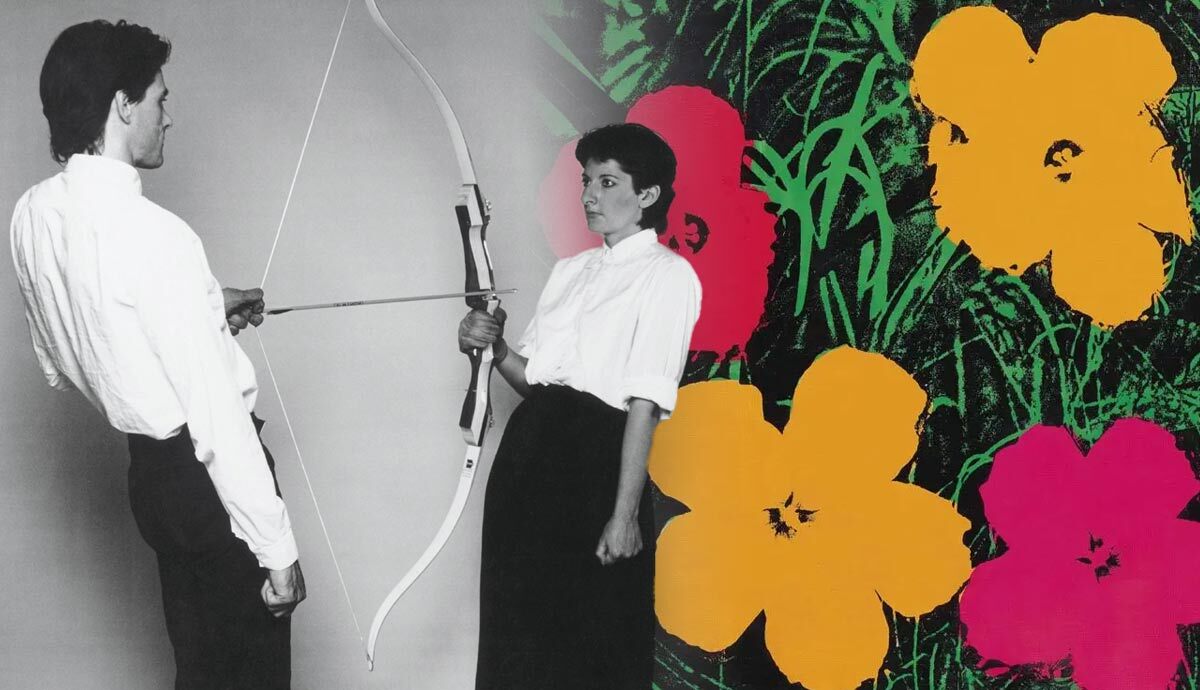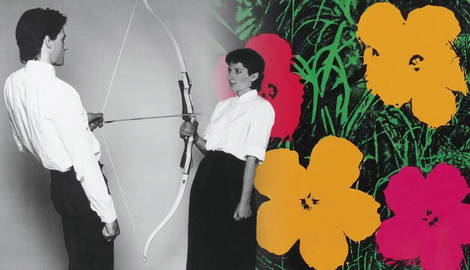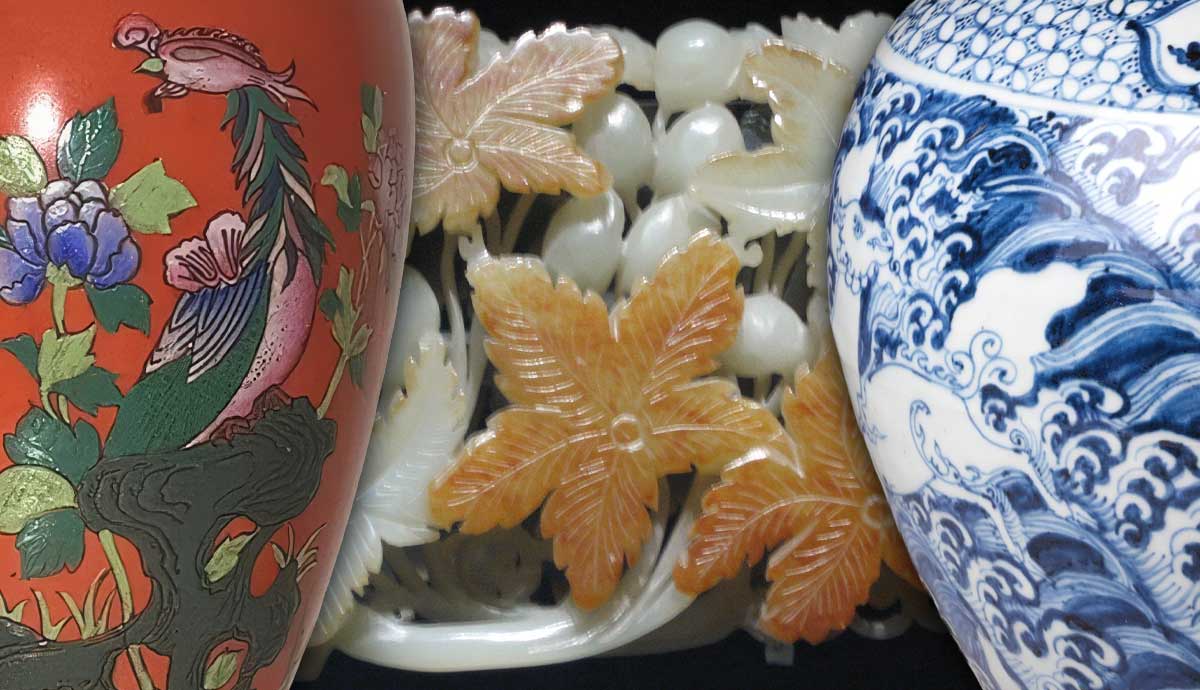
summary
- Modernism vs. Postmodernism: Modernism spanned from the late 19th century to the mid-20th century, emphasizing progress and innovation, while postmodernism began around the 1950s, focusing on plurality and questioning universal truths.
- Variety in Form: Both movements encompass diverse art forms; modernism includes impressionism, expressionism, and cubism, while postmodernism introduces Land Art, Body Art, Conceptual Art, and Pop Art.
- Difference in Philosophy: Modernism emphasized form, function, and a belief in progress, whereas postmodernism embraced multiple perspectives and critical approaches, rejecting the idea of an objectively comprehensible reality.
From an art-historical point of view, the 20th century can be roughly divided into modern and postmodern art. These are two aspects of the same movement. Through the Enlightenment, science and reason triumphed over faith and tradition. The time’s advancing industrialization brought with it an untiring belief in progress. All this finally culminated in the First World War and Second World War, the most horrible and influencing historical events of the 20th century. Both wars changed social life completely along with the art movement. Below are historical facts and artworks that explain what all this meant exactly for art in the modern and postmodern age.
1. Modernism and Postmodernism: Different Periods in One Century

It is somewhat difficult to define the time frame of art epochs and to draw an exact line between one epoch and another. Nevertheless, it can be said that modern art was art that was created around the end of the 19th to the middle of the 20th century. At about this point, postmodernism replaced modernism. Interestingly, both modernism and postmodernism were strongly influenced in their spirit by the Enlightenment.

Translated into artworks, modernism can be illustrated through works ranging from the realism of Gustave Courbet to the action painting of Jackson Pollock. Postmodernism came up in the middle of the 20th century, around 1950, and has produced artists like Jean-Michel Basquiat.
2. They Both Include Many Different Art Forms

Modern art and postmodern art have much in common: both epochs cannot be reduced to a single art form or style, nor can they be reduced to one theory. Rather, the two eras are famous for having produced different styles and ideas about art. Typical art forms of modernism are impressionism, expressionism, cubism, and fauvism. In the postmodern era, newer forms of art have emerged, such as Land Art, Body Art, Conceptual Art, Pop Art, and more.

This range of art could be demonstrated, for example, by a painting by the Impressionist Claude Monet and a painting by Pop art artist Andy Warhol. Both are in a way similar in motif, but the technique as well as the colors are presented differently.
3. Postmodernism: Heterogeneity Replaces Homogeneity As the Basic Principle

Modernism was particularly characterized by an unwavering belief in progress, influenced by the recent experience of the Enlightenment, the ongoing wave of industrialization, and an increasing detachment from traditional artistic institutions and norms. Artistically, this further development showed itself in graphic experiments and in the form of reduction as artist El Lissitzky exercised it.
It was Jean-François Lyotard‘s book La Condition Postmoderne (1979) that put an end to this belief in progress in postmodernism. In his writing, Lyotard replaced a universally valid and absolute explanatory principle (God, subject, etc.) with a multitude of language games that offered various explanatory models. Lyotard turned against a certain historical form of rationality based on the exclusion of the heterogeneous. As a result, a tolerant sensitivity to differences, heterogeneity, and plurality increased, along with an enhanced ability to endure incompatibility

A heterogeneous understanding of the world also brought with it many critical works of art, including Barbara Kruger’s work, which is critical of capitalism. Other works were influenced by the fight for civil rights in the USA and the second wave of feminism.
4. Postmodern Art: An Expanded Understanding of Art

This heterogeneity initially manifested itself quite formally in postmodernism. The classical media of art such as canvas or paper were replaced by new media. Artists worked more and more with everyday materials and mixed them with classical forms of art. Collages, for example, were very popular in the 1950s and 1960s. Body Art, which uses the body as a medium of art, was also a new art form. Artists also moved away from any object as their medium of art. This is how performance art, for example, came about.

The artist Marina Abramovic is still one of the most famous performance artists of all time. She started her work in performance art when postmodernism started to come about. Abramovic represented a nihilistic way of art that can be seen as typical for postmodern art and the period of the second half of the 20th century. In her performance Rest Energy (1980), Abramovic performed with her partner, the performance artist Ulay.
The artist explained her work, saying, “I was not in charge. In Rest Energy we held an arrow on the weight of our bodies, and the arrow was pointed right into my heart. We had two small microphones near our hearts, so we could hear our heartbeats. As our performance progressed, heartbeats were becoming more and more intense, and though it lasted just four minutes and ten seconds, I’m telling you, for me, it was forever. It was a performance about the complete and total trust.”
5. Modern Art: Form and Function, Postmodernism: Takeover of ‘The Idea’

Conceptual art, as defined by the American artist Sol LeWitt, provided a particularly radical approach to modern art. At the beginning of the 20th century, artist movements such as the Bauhaus in Europe placed the function of art above its form. Sol LeWitt came up with the idea of the producing factor of the art. In his essay Paragraphs on Conceptual Art (1967) he writes, “When an artist uses a conceptual form of art, it means that all of the planning and decisions are made beforehand and the execution is a perfunctory affair. The idea becomes a machine that makes the art.”

In this sense, artist Joseph Kosuth already reflected on the different codes of one chair in his conceptual artwork One and Three Chairs (1965). The work of art itself is not unique to Kosuth’s work; it is the artist’s reflection on Plato’s allegory of the cave that completes the work of art.
6. Postmodernists Rejected the Idea of an Objectively Comprehensible Reality

Postmodernists like Lyotard, Heidegger, and Derrida, along with phenomenologists like Lacan or Merleau-Ponty critically examined the concept of an objectively perceivable reality. From theorists like the above-mentioned come ideas that assume that there is no objective truth and identity. Newly emerging theories of perception were also addressed and processed in the art of postmodernism.
An interesting work in this context comes from the New York concept and video artist Dan Graham. In his complicated work Two Delay Room (1974) made of mirrors and screens, Graham confronts visitors to his work with the function and limits of their perception. In his two rooms, each equipped with two screens and cameras, Dan Graham plays with the technical and human observation of his existence. A time delay in the transmission of the camera images to the screens imitates human perception.
Modernism vs. Postmodernism: Canvas to Space-Consuming Installation

This collection of artworks and historical facts represents a quick ride through the history of art for almost two centuries. But this brief run-through and the juxtaposition of modernism and post-modernism clearly show that they are two different things. The movement that modernism and postmodernism are making in art as a whole is a movement in the sense of development. This movement takes place differently in the two eras in which these genres prevailed. The change in form is the most obvious. At the beginning of modernism, artists still painted on canvas, but postmodernism produced works of art that are space-filling, as the last work by Dan Graham shows.
The question of modernism vs. postmodernism is the belief in progress versus the criticism of progress and a turn towards plurality and heterogeneity. Additionally, it is the embodiment of the assumption that there is more than one objectively perceivable reality.










